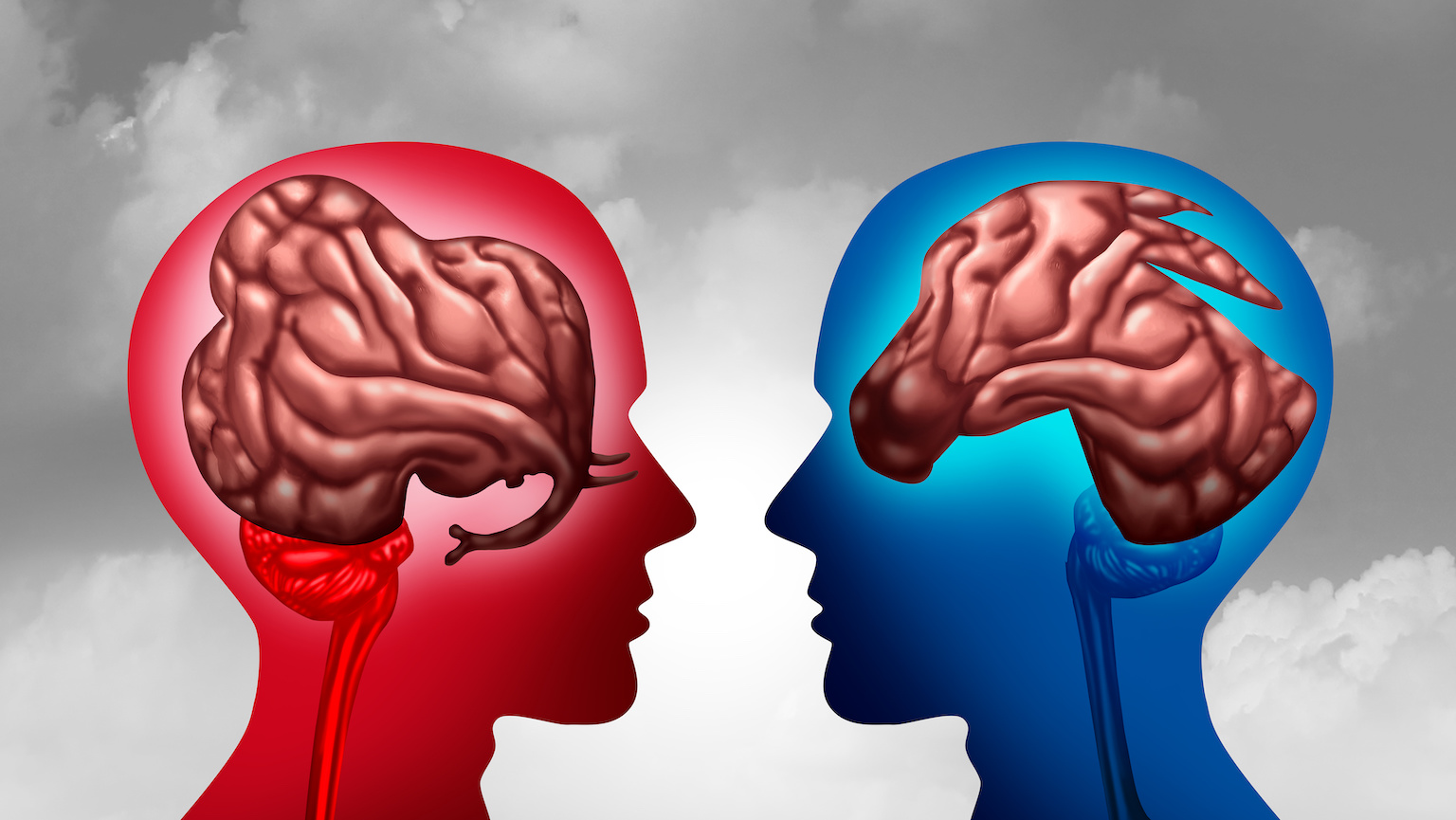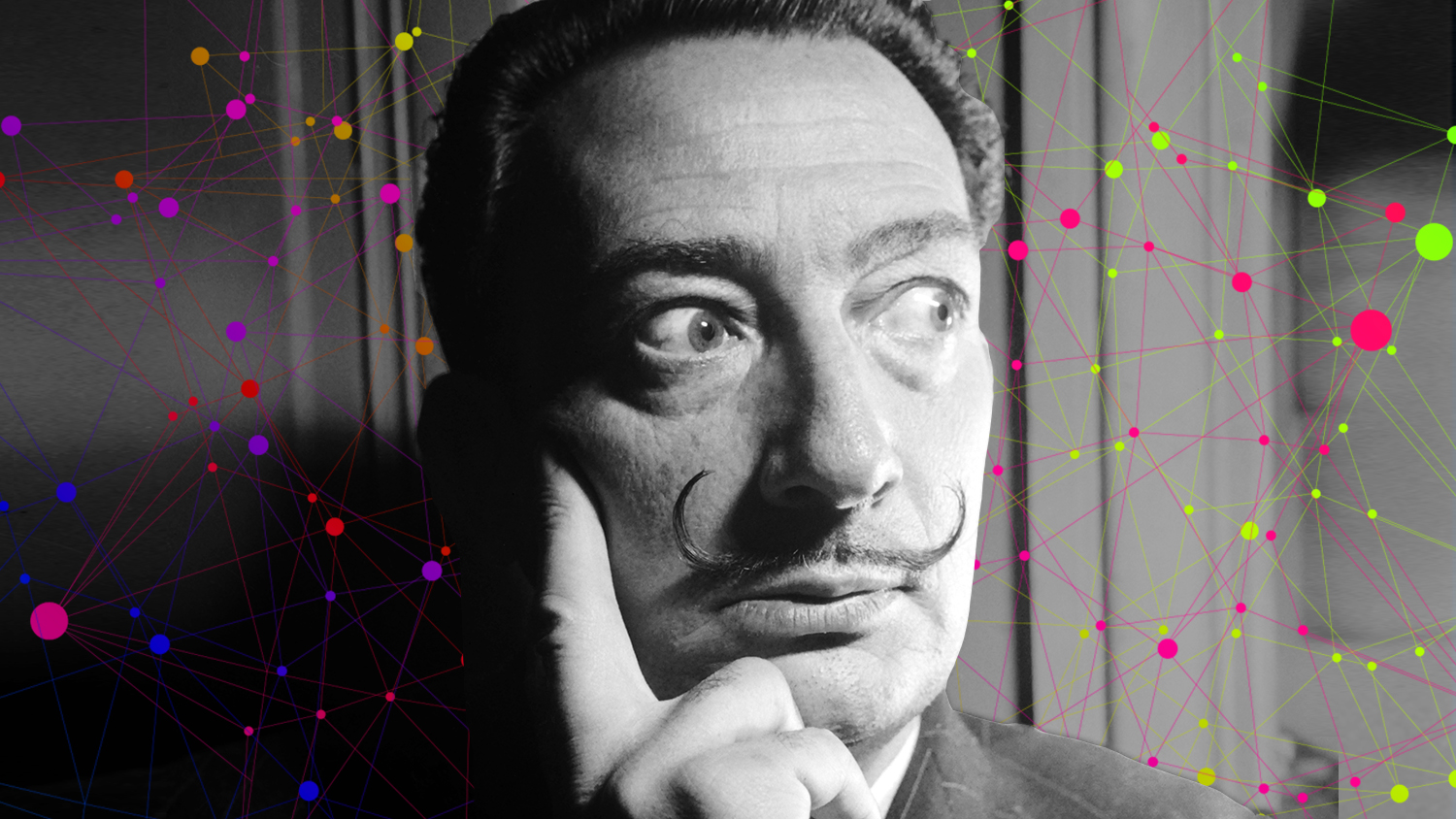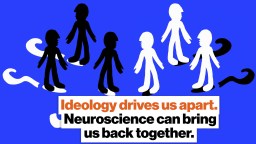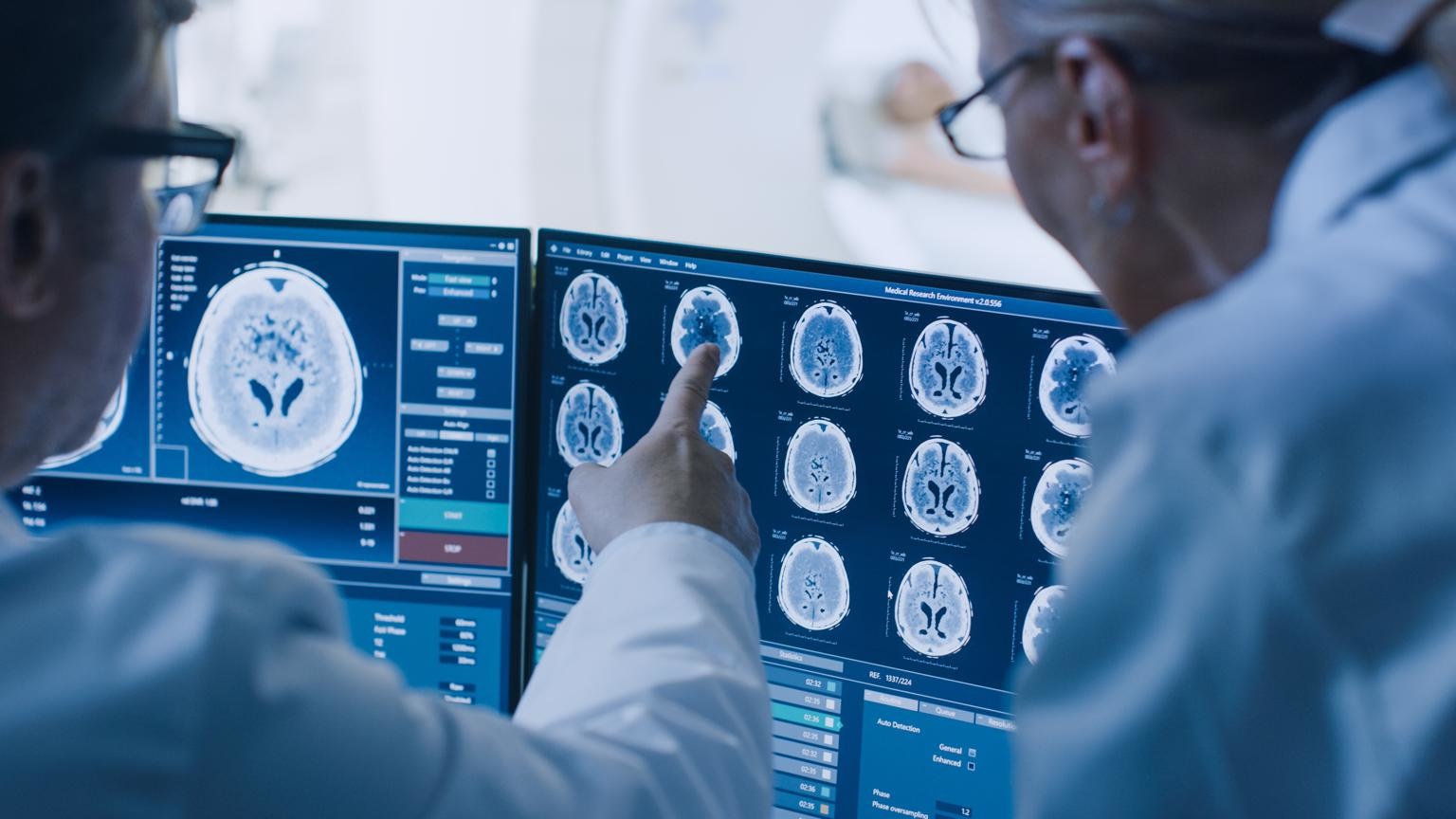AI can predict your political ideology using just a brain scan

- AI can predict a person’s political ideology just by analyzing a scan of functional connectivity in the brain.
- The AI was about 70% accurate, which is roughly equivalent to predicting a person’s political beliefs based on their parents’ ideology.
- While the study certainly is stimulating, it’s essentially pattern-hunting with big data. Revealing the neurological roots of ideology will be much harder.
“Do people’s brains reflect the political orientation they choose or do they choose their political orientation because of their functional brain structure?”
This thought-provoking “chicken-or-egg” dilemma — posed by a team of researchers from The Ohio State University, the University of Pittsburgh, and New York University — is made all the more intriguing by their new study, which shows that AI can accurately guess a person’s political ideology simply by analyzing a scan of their brain. The work is published in the journal PNAS Nexus.
Neuroscience and politics
Scientists have used brain scanning techniques to delve into the neuroscientific underpinnings of political beliefs before. For example, researchers have found previously that conservatives tend to have more gray matter volume in their amygdala (a region associated with fear, anxiety, and aggression), while liberals tend to have more in their anterior cingulate cortex (tied to, among other things, ethics and morality). Another experiment showed that the brains of liberals and conservatives react differently to “charged” words in political videos.
In the current study, the researchers observed and recorded functional connectivity in the brains of 174 healthy young adult subjects as they performed various simple tasks, such as pressing a pop-up button as quickly as possible for a monetary reward, pairing names with faces, or answering true/false questions about a story they had just read. Subjects also had their brains scanned in a resting state — awake and relaxed, with their eyes closed.
Measuring functional connectivity (FC) is somewhat rare in political neuroscience. FC refers to how different parts of the brain can concurrently show similar activity, as if they are communicating with each other. The researchers utilized a state-of-the-art AI deep learning technique called BrainNetCNN, running on supercomputers at the Ohio Supercomputer Center, to analyze the functional connectivity data from all of the tasks and to correlate them with the subjects’ self-reported political ideology, which was scored on a one to six scale from very liberal to very conservative.
BrainNetCNN was able to use the data to predict a person’s political ideology with about 70% accuracy, similar to what you would expect from guessing a person’s ideology based on their parents’ beliefs — which is actually considered to be one of the strongest predictors of ideology in political science.
“This study suggests that the biological and neurological roots of political behavior run much deeper than previously thought,” the researchers wrote.
Neuropolitics? Not so fast
While the study certainly is stimulating, it is essentially pattern-hunting with big data. That’s fine, but a model is only robust and widely applicable if it is based on a large, diverse study group. In this case, the subjects were all young adults, seven out of ten of whom were liberal. So the model may not work if tested on other Americans (or people, in general). Moreover, the AI cannot tell us anything about the neurological roots of ideology; it wasn’t designed to do so. Answering that will be a much taller task.





